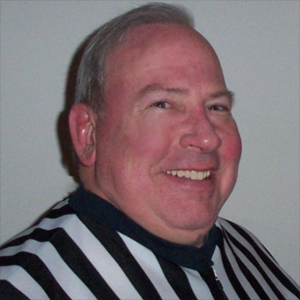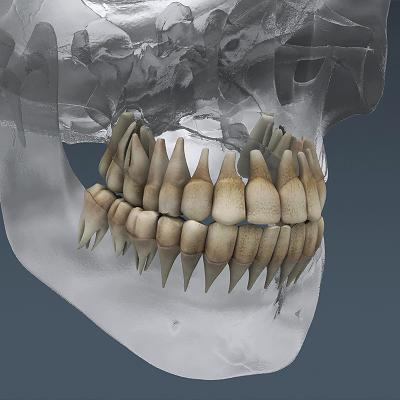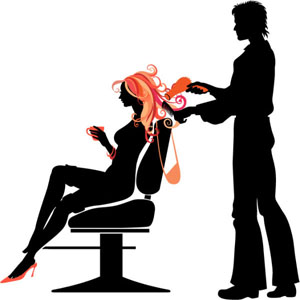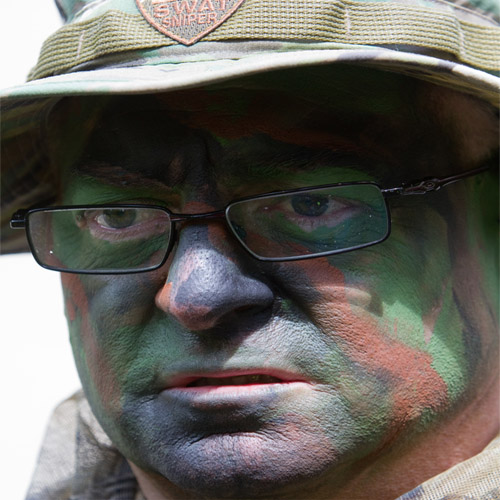
Rndballref
20 Years Experience
Chicago, IL
Male, 60
For twenty years I officiated high school, AAU and park district basketball games, retiring recently. For a few officiating is the focus of their occupation, while for most working as an umpire or basketball referee is an avocation. I started ref'ing to earn beer money during college, but it became a great way to stay connected to the best sports game in the universe. As a spinoff, I wrote a sports-thriller novel loosely based on my referee experiences titled, Advantage Disadvantage
ok.
Read my answer to the above question, and add this. If I was observing an official who called a foul on a half court tip a shooting foul, I would do all I could to keep him from working a varsity (also a sophomore) game. I will grant you that a player can go through the habitual shooting motion of a shot anywhere on the court and if fouled it could be a shooting foul, even from the back court (as in the end of the quarter), but a tip from half court is unskilled and undeserving of a shooting foul - I would always call a halfcourt tip foul a common foul.
Well, the referee is considered to be part of the floor where he is standing. If he is out of bounds and the ball touches him, it is out of bounds. If he is in bounds and the ball touches him, play on.
Indirectly referees and the home school have the authority. In NFHS rules there is a function called home management. It is usually the athletic director, or a representative of the AD. The rule book states that in the absence of a designated home management person, the home team head coach will assume that function.
Directly from the rule book: The officials shall penalize unsporting behavior by player, coach, substitute, team attendant or FOLLOWER.
Further the book states: ... the officials may rule fouls on either team if its supporters act in a way to interfere with the proper conduct of the game.
It also cautions the officials to be careful applying penalties so as not to unfairly penalize a team.
When I officiated, I never engaged in an expulsion dialog with a fan. I simply went to home management (the AD) and said something like, "the guy in the third row with the blue shirt has to go. Home management always complied with my request and escorted the unruly fan out (or used an on site police officer to be the escort) and the AD often apologized about a overzealous home team fan.
Oral and Maxillofacial Surgeon
 How often do people wake up during surgery?
How often do people wake up during surgery?
Hairstylist and Makeup Artist
 What types of clients are the worst to deal with?
What types of clients are the worst to deal with?
SWAT Team Commander (Retired)
 How do you decide whether to try and kill a hostage taker?
How do you decide whether to try and kill a hostage taker?
In the violations section of the rule book regarding free throws, it states that the free throw shooter shall have neither foot beyond the vertical plane of the edge of the free throw line which is further from the basket.
This restriction ends when the ball hits the ring, backboard or until the free throw ends.
So no, a player cannot soar through the air leaping from the semi-circle to dunk a ball - he would have to cross the vertical plane of the free throw line.
see the answer below. In summary, Home Management can eject anybody. Usually the AD works closely with the coach so in practical terms, the answer is yes.
No, by rule a coach has only 2 places he/she can be: 1) standing (or squating) in a 14 foot area out of bounds, in front of his/her bench known as the "coach's box" in states that have adopted this optional provision, or 2) sitting on his/her bench.
In practice, unless a coach is over-bearing to the officials or is gaining advantage (for example standing near the endline and directing players) most referees are not going to focus on a coach outside the box. The penalty is a direct technical foul and most refs do well to ask or warn the coach before calling a T.
If a coach is called for any direct technical foul, he/she is "seatbelted" to the bench and loses the ability to stand in the coach's box for the remainder of the game.
-OR-
 Login with Facebook
Login with Facebook (max 20 characters - letters, numbers, and underscores only. Note that your username is private, and you have the option to choose an alias when asking questions or hosting a Q&A.)
(A valid e-mail address is required. Your e-mail will not be shared with anyone.)
(min 5 characters)
By checking this box, you acknowledge that you have read and agree to Jobstr.com’s Terms and Privacy Policy.
-OR-
 Register with Facebook
Register with Facebook(Don't worry: you'll be able to choose an alias when asking questions or hosting a Q&A.)